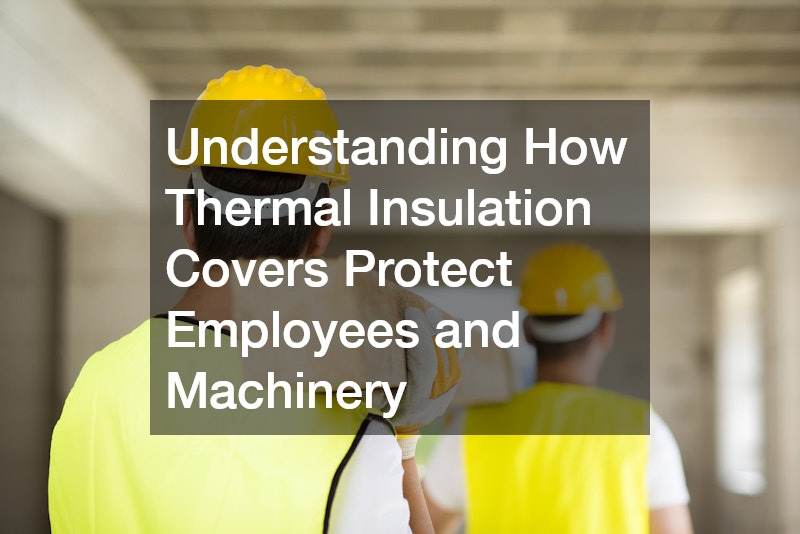Thermal insulation covers play a crucial role in protecting employees and machinery in industrial settings, such as refineries and process plants. These environments often have mechanical systems with surface temperatures that are significantly higher or lower than the surrounding atmosphere. Without proper protection, these surfaces can cause serious injuries like hot or cold burns when personnel come into contact with them.
To prevent such incidents, thermal insulation is used to insulate hot or cold surfaces. These covers are typically applied to mechanical systems operating at temperatures above 55 degrees Celsius or below minus 10 degrees Celsius, particularly in standard working areas where personnel are present. The covers are designed to comply with safety regulations and guidelines, ensuring a safe work environment.
There are two primary methods for using thermal insulation to protect personnel: covering hot or cold surfaces with specific insulation and jacketing materials or using stainless steel mesh guards. Mesh guards are often preferred because they allow the insulated surfaces to remain visible, which helps reduce the potential for corrosion under insulation (CUI). They are also more economical for installation and maintenance. However, when the installation of mesh guards is impractical or the temperature specifications dictate otherwise, insulation materials are used.
Proper application of thermal insulation covers is essential for safeguarding both employees and machinery, minimizing the risk of accidents, and ensuring operational efficiency.
.



